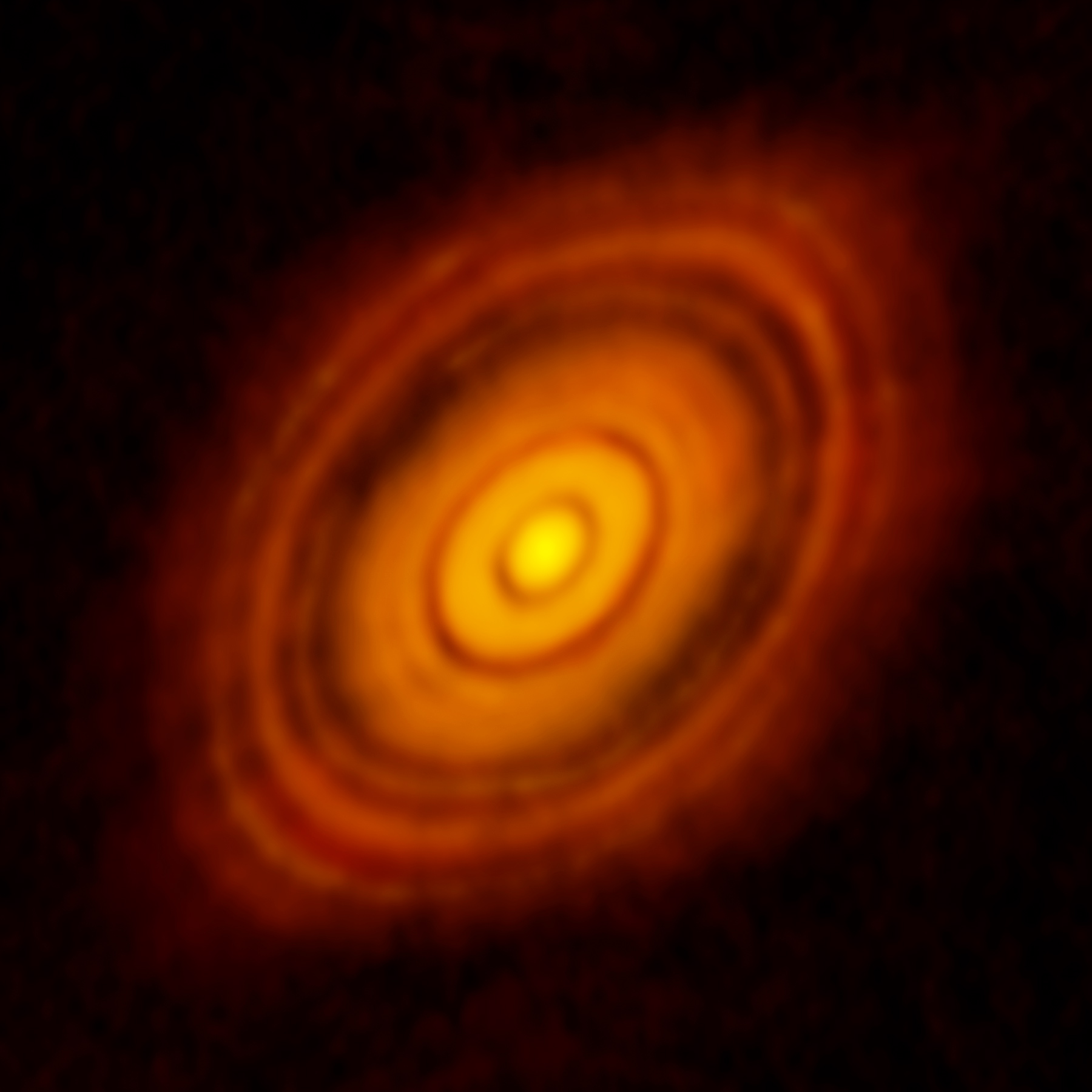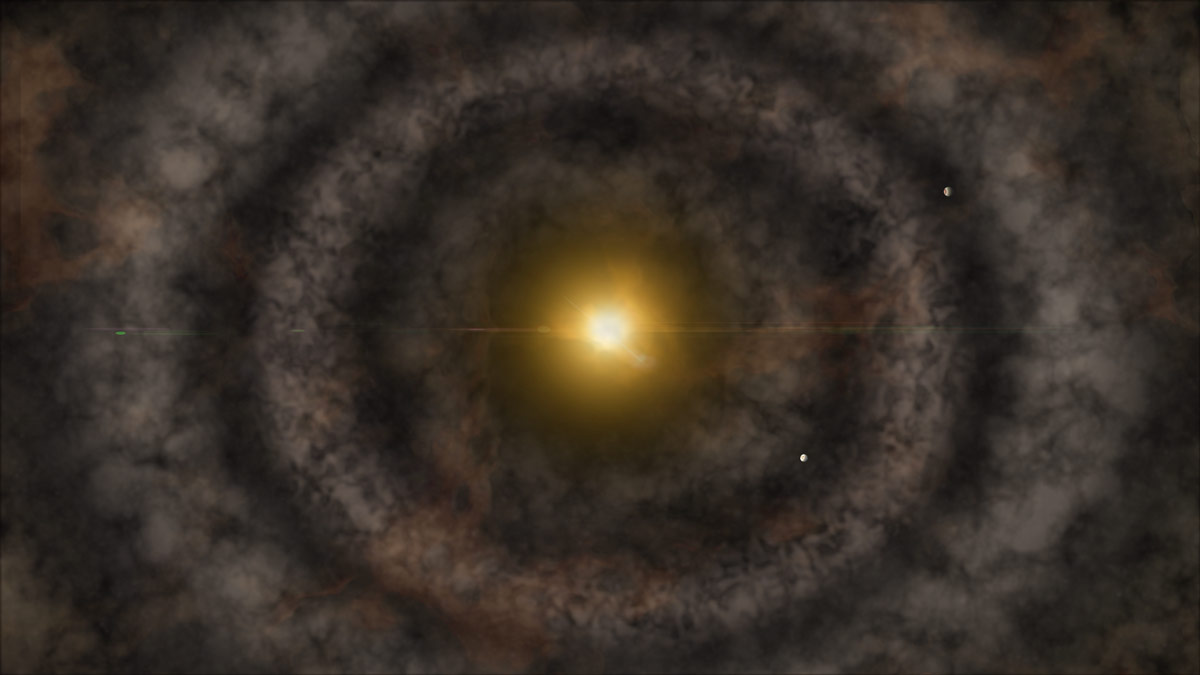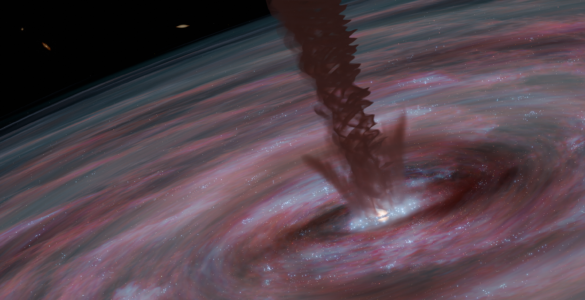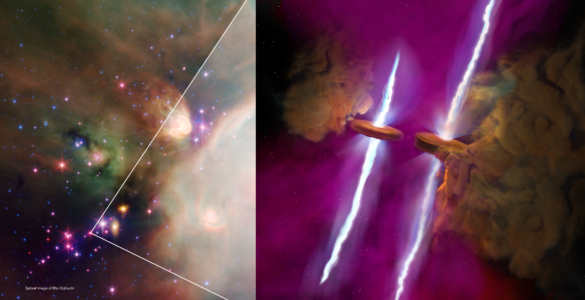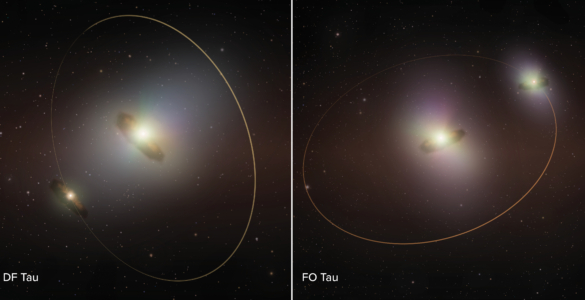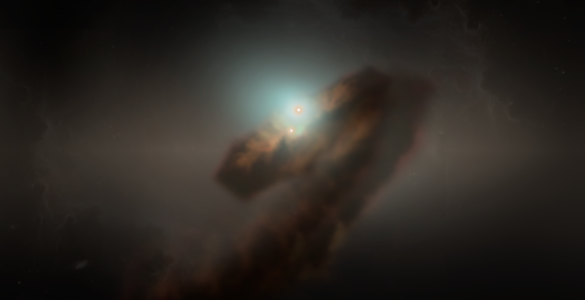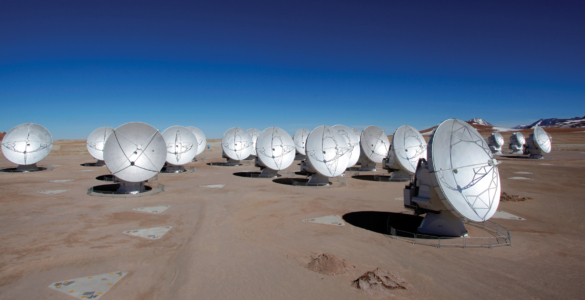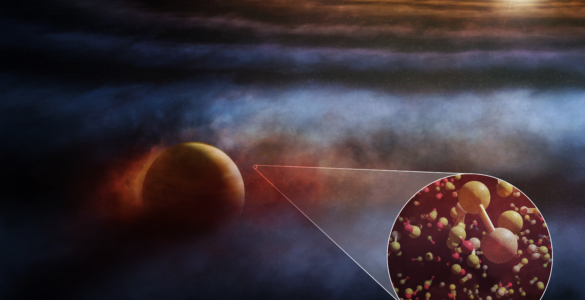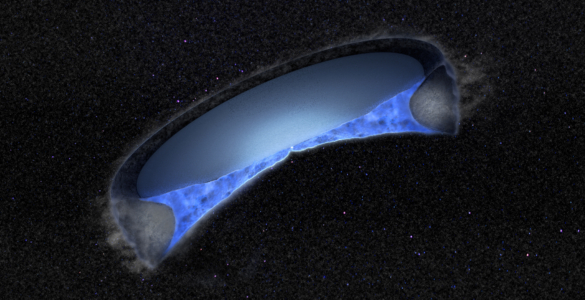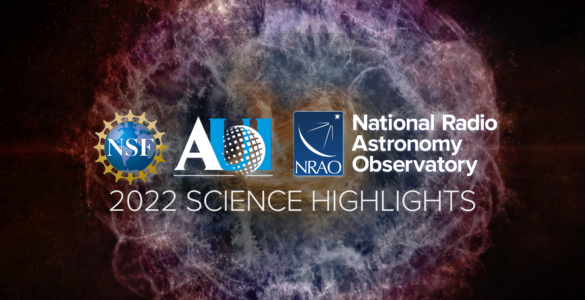Astronomers have captured the best image ever of planet formation around an infant star as part of the testing and verification process for the Atacama Large Millimeter/submillimeter Array’s (ALMA) new high-resolution capabilities.
This revolutionary new image reveals in astonishing detail the planet-forming disk surrounding HL Tau, a Sun-like star located approximately 450 light-years from Earth in the constellation Taurus.
ALMA uncovered never-before-seen features in this system, including multiple concentric rings separated by clearly defined gaps. These structures suggest that planet formation is already well underway around this remarkably young star.
“These features are almost certainly the result of young planet-like bodies that are being formed in the disk. This is surprising since HL Tau is no more than a million years old and such young stars are not expected to have large planetary bodies capable of producing the structures we see in this image,” said ALMA Deputy Director Stuartt Corder.
All stars are believed to form within clouds of gas and dust that collapse under gravity. Over time, the surrounding dust particles stick together, growing into sand, pebbles, and larger-size rocks, which eventually settle into a thin protoplanetary disk where asteroids, comets, and planets form.
Once these planetary bodies acquire enough mass, they dramatically reshape the structure of their natal disk, fashioning rings and gaps as the planets sweep their orbits clear of debris and shepherd dust and gas into tighter and more confined zones.
The new ALMA image reveals these striking features in exquisite detail, providing the clearest picture to date of planet formation. Images with this level of detail were previously only seen in computer models and artist concepts. ALMA, living up to its promise, has now provided direct proof that nature and theory are very much in agreement.
“This new and unexpected result provides an incredible view of the process of planet formation. Such clarity is essential to understand how our own Solar System came to be and how planets form throughout the Universe,” said Tony Beasley, director of the National Radio Astronomy Observatory (NRAO) in Charlottesville, Virginia, which manages ALMA operations for astronomers in North America.
HL Tau is hidden in visible light behind a massive envelope of dust and gas. Since ALMA observes at much longer wavelengths, it is able to peer through the intervening dust to study the processes right at the core of this cloud. “This is truly one of the most remarkable images ever seen at these wavelengths. The level of detail is so exquisite that it’s even more impressive than many optical images. The fact that we can see planets being born will help us understand not only how planets form around other stars but also the origin of our own Solar System,” said NRAO astronomer Crystal Brogan.
ALMA’s new high-resolution capabilities were achieved by spacing the antennas up to 15 kilometers apart. This baseline at millimeter wavelengths enabled a resolution of 35 milliarcseconds, which is equivalent to a penny as seen from more than 110 kilometers away.
“Such a resolution can only be achieved with the long baseline capabilities of ALMA and provides astronomers with new information that is impossible to collect with any other facility, including the best optical observatories,” noted ALMA Director Pierre Cox.
These long baselines fulfill one of ALMA’s major objectives and mark an impressive technological and engineering milestone. Future observations at ALMA’s longest possible baseline of 16 kilometers will produce even clearer images and continue to expand our understanding of the cosmos.
“This observation illustrates the dramatic and important results that come from NSF supporting world-class instrumentation such as ALMA,” said Fleming Crim, the National Science Foundation assistant director for Mathematical and Physical Sciences. “ALMA is delivering on its enormous potential for revealing the distant Universe and is playing a unique and transformational role in astronomy.”
The National Radio Astronomy Observatory is a facility of the National Science Foundation, operated under cooperative agreement by Associated Universities, Inc.
The Atacama Large Millimeter/submillimeter Array (ALMA), an international astronomy facility, is a partnership of Europe, North America and East Asia in cooperation with the Republic of Chile. ALMA is funded in Europe by the European Southern Observatory (ESO), in North America by the U.S. National Science Foundation (NSF) in cooperation with the National Research Council of Canada (NRC) and the National Science Council of Taiwan (NSC) and in East Asia by the National Institutes of Natural Sciences (NINS) of Japan in cooperation with the Academia Sinica (AS) in Taiwan. ALMA construction and operations are led on behalf of Europe by ESO, on behalf of North America by the National Radio Astronomy Observatory (NRAO), which is managed by Associated Universities, Inc. (AUI) and on behalf of East Asia by the National Astronomical Observatory of Japan (NAOJ). The Joint ALMA Observatory (JAO) provides the unified leadership and management of the construction, commissioning and operation of ALMA.
Contact: Charles E. Blue
Public Information Officer
434-296-0314; cblue@nrao.edu
Fact Sheet for ALMA Long Baseline Press Release Image of HL Tauri
-
- Distance to HL Tau: about 130 parsecs (about 450 light years) from Very Long Baseline Array measurements http://arxiv.org/abs/1211.1742
-
- Dates of Observation: 24-31, Oct 2014
-
- Observation frequency/wavelength: 233 GHz or 1.28 mm
-
- Total Integration Time on Source: 4.5 hours
-
- Number of antennas per execution: Ranged from 25 to 30 antennas
-
- Angular Resolution: 35 milliarcseconds or about 5 AU (astronomical units = distance between Earth and Sun)
-
- Approximate Diameter of Disk: 235 AU
-
- Range of Baseline Lengths (distances between antennas): 15.2 m to 15.24 km
-
- Best Previous Image at this Wavelength by CARMA: http://arxiv.org/pdf/1107.5275.pdf
-
- Published Disk Mass measured by CARMA: 0.14 solar mass
-
- Dates of ALMA Long Baseline Campaign: 1 September – 30 November 2014










